Air Pollutants
Search for your pollutant, contaminant or concern for a product
Acetaldehyde
Acetaldehyde (systematically ethanal) is an organic chemical compound with the formula CH3CHO, sometimes abbreviated by chemists as MeCHO (Me = methyl). It is one of the most important aldehydes, occurring widely in nature and being produced on a large scale industrially. Acetaldehyde occurs naturally in coffee, bread, and ripe fruit, and is produced by plants as part of their normal metabolism. It is also produced by oxidation of ethanol and is popularly believed to be a cause of hangovers from alcohol consumption through drinking spirits. Pathways of exposure include air, water, land or groundwater as well as drink and smoke.
Media Solution
Acetic Acid
Acetic acid (systematically named ethanoic acid) is an organic compound with the chemical formula CH3CO2H (also written as CH3COOH). It is a colourless liquid that when undiluted is also called glacial acetic acid. Acetic acid is the main component of vinegar (apart from water), and has a distinctive sour taste and pungent smell. It is mainly produced as a precursor to polyvinylacetate and cellulose acetate. Although it is classified as a weak acid, concentrated acetic acid is corrosive, and attacks the skin.
Acetic acid is one of the simplest carboxylic acids. It is an important chemical reagent and industrial chemical, mainly used in the production of cellulose acetate mainly for photographic film and polyvinyl acetate for wood glue, as well as synthetic fibres and fabrics. In households, diluted acetic acid is often used in descaling agents. In the food industry, acetic acid is used under the food additive code E260 as an acidity regulator and as a condiment. As a food additive it is approved for usage in the EU,[6] USA[7] and Australia and New Zealand.[8]
The global demand of acetic acid is around 6.5 million tonnes per year (Mt/a), of which approximately 1.5 Mt/a is met by recycling; the remainder is manufactured from petrochemicalfeedstock.[9] As a chemical reagent, biological sources of acetic acid are of interest but generally uncompetitive. Vinegar can be dilute acetic acid produced by fermentation.
Media Solution
Acetic Anhydride
Acetic anhydride, or ethanoic anhydride, is the chemical compound with the formula (CH3CO)2O.[1] Commonly abbreviated Ac2O, it is the simplest isolatable acid anhydride and is a widely used reagent in organic synthesis. It is a colorless liquid that smells strongly of acetic acid, formed by its reaction with the moisture in the air.
Formic anhydride is an even simpler acid anhydride, but it spontaneously decomposes, especially once removed from solution.
Media Solution
Acetone
Acetone is the organic compound with the formula (CH3)2CO, a colorless, mobile, flammable liquid, the simplest example of the ketones.
Acetone is miscible with water and serves as an important solvent in its own right, typically as the solvent of choice for cleaning purposes in the laboratory. About 6.7 million tonnes were produced worldwide in 2010, mainly for use as a solvent and production of methyl methacrylate and bisphenol A.[7][8] It is a common building block in organic chemistry. Familiar household uses of acetone are as the active ingredient in nail polish remover and as paint thinner.
Acetone is produced and disposed of in the human body through normal metabolic processes. It is normally present in blood and urine. Diabetic people produce it in larger amounts. Reproductive toxicity tests show that it has low potential to cause reproductive problems. Due to the higher energy requirements in pregnant women, nursing mothers and children, they have higher levels of acetone. Ketogenic diets that increase acetone in the body are used to reduce epileptic attacks in infants and children who suffer from recalcitrant refractory epilepsy.
Media Solution
Acrolein
Acrolein (systematic name: propenal) is the simplest unsaturated aldehyde. It is produced widely but is most often immediately reacted with other products due to its instability and toxicity. It has a piercing, disagreeable, acrid smell; the smell of burnt fat (as when cooking oil is heated to its smoke point) is caused by glycerol in the burning fat breaking down into acrolein.
Media Solution
Amines
Amines are organic compounds and functional groups that contain a basic nitrogen atom with a lone pair. Amines are derivatives of ammonia, wherein one or morehydrogen atoms have been replaced by a substituent such as an alkyl or aryl group.[1] Important amines include amino acids, biogenic amines, trimethylamine, and aniline; see Category:Amines for a list of amines. Inorganic derivatives of ammonia are also called amines, such as chloramine (NClH2).
Compounds with the nitrogen atom attached to a carbonyl of the structure R-C(=O)NR’R’’ are called amides and have different chemical properties from amines.
Media Solution
Ammonia
Ammonia is a compound of nitrogen and hydrogen with the formula NH3. It is a colourless gas with a characteristic pungent odour. Ammonia contributes significantly to the nutritionalneeds of terrestrial organisms by serving as a precursor to food and fertilizers. Ammonia, either directly or indirectly, is also a building-block for the synthesis of many pharmaceuticals. Although in wide use, ammonia is both caustic and hazardous. In 2006, worldwide production was estimated at 146.5 million tonnes.[6] It is used in commercial cleaning products.
Ammonia, as used commercially, is often called anhydrous ammonia. This term emphasizes the absence of water in the material. Because NH3 boils at −33.34 °C (−28.012 °F) at a pressure of 1 atmosphere, the liquid must be stored under high pressure or at low temperature. “Household ammonia” or “ammonium hydroxide” is a solution of NH3 in water. The concentration of such solutions is measured in units of baume (density), with 26 degrees baume (about 30% w/w ammonia at 15.5 °C) being the typical high concentration commercial product.[7] Household ammonia ranges in concentration from 5 to 10 weight percent ammonia.
Media Solution
Amyl Acetate
Amyl acetate (pentyl acetate) is an organic compound and an ester with the chemical formula CH3COO[CH2]4CH3 and the molecular weight 130.19 g/mol. It has a scent similar tobananas[1] and apples which is not detectable by all people.[citation needed] The compound is the condensation product of acetic acid and 1-pentanol. However, esters formed from other pentanol isomers (amyl alcohols), or mixtures of pentanols, are often referred to as amyl acetate.
Media Solution
Amyl alcohol
An amyl alcohol is any of 8 alcohols with the formula C5H11OH.[1] A mixture of amyl alcohols (also called amyl alcohol) can be obtained from fusel alcohol. Amyl alcohol is used as a solvent and in esterfication for example in the production of amyl acetate. Amyl alcohol as a distinct chemical compound refers to 1-pentanol.
Media Solution
Amyl Ether
(organic chemistry) Either of two isomeric compounds, n-amyl ether or isoamyl ether; both may be represented by the formula (C5H11)2O. A mixture mainly of isoamyl ether and n-amyl ether formed in preparation of amyl alcohols from amyl chloride; very slightly soluble in water; used mainly as a solvent.
 HS-600
HS-600
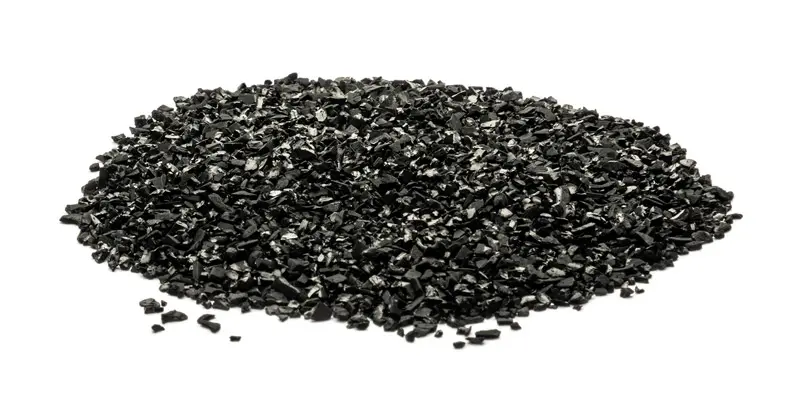 HS-AC Water
HS-AC Water
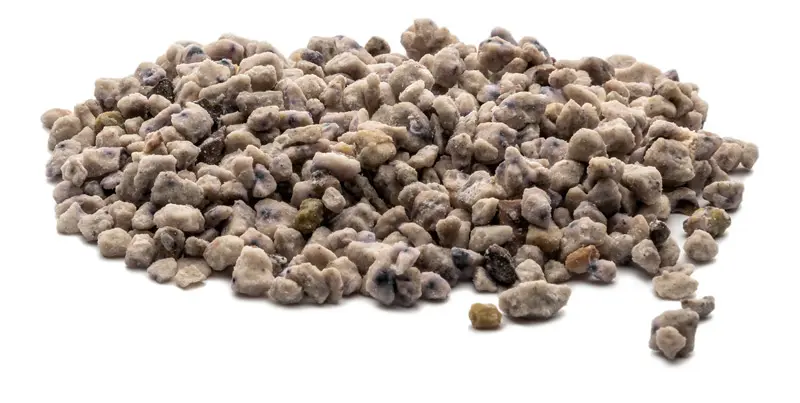 HS-100-PO
HS-100-PO
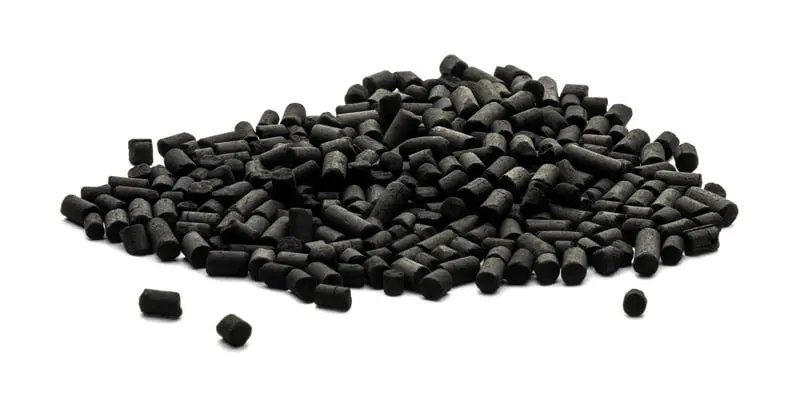 HS-AC-P-PO
HS-AC-P-PO
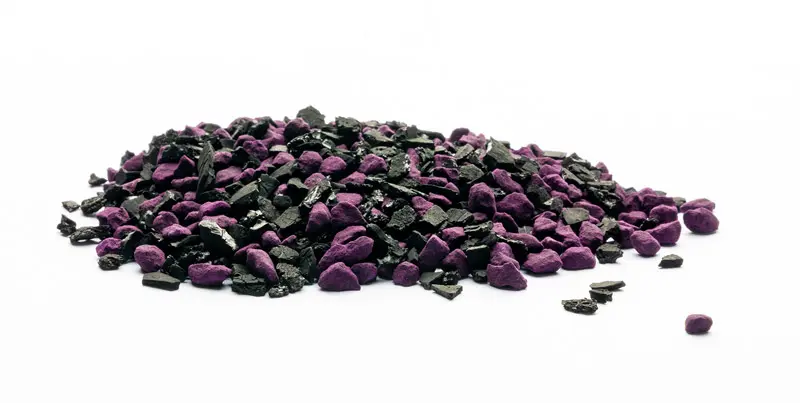 XB-17
XB-17
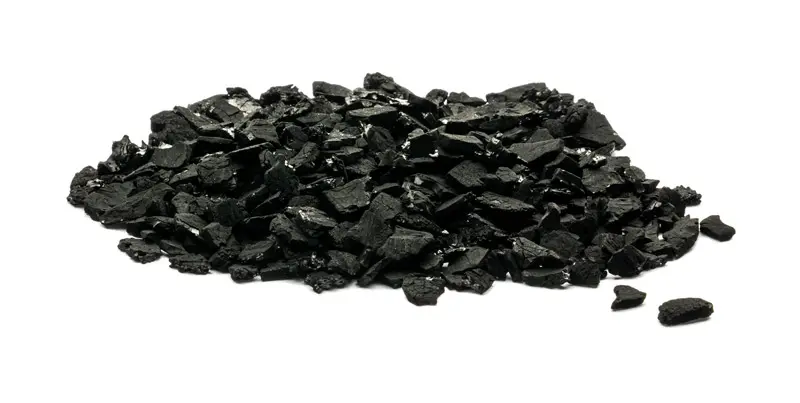 HS-AC
HS-AC